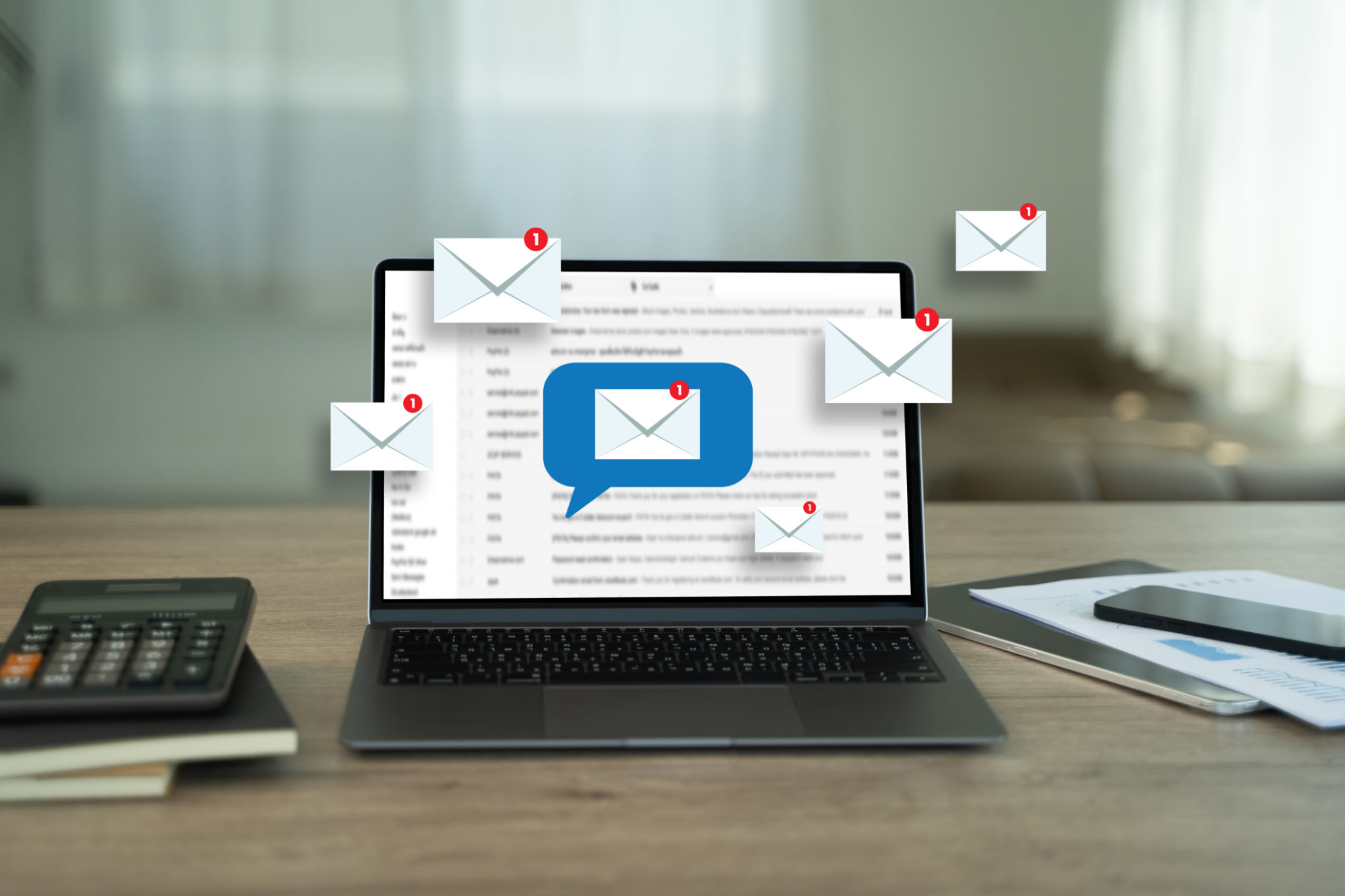How to Improve Your Email Sending Score: Best Practices for Enhanced Deliverability
Understanding Email Sending Score
Email sending score is a critical metric that determines how likely your emails are to reach recipients' inboxes. A high sending score ensures that your emails aren't flagged as spam and reach their intended audience. Improving this score requires attention to several best practices.
Many factors influence your email sending score, including reputation, content quality, and recipient engagement. By understanding and optimizing these elements, you can significantly enhance your email deliverability rates.

Maintain a Clean Email List
Regularly Update Your List
Maintaining a clean email list is essential for a good sending score. Regularly remove inactive subscribers and invalid addresses to reduce bounce rates. This practice not only enhances your deliverability but also improves engagement metrics.
Utilize Double Opt-In
Implementing a double opt-in process ensures that only genuinely interested subscribers join your list. This reduces the likelihood of spam complaints and enhances the overall quality of your email list.

Focus on Content Quality
Create Engaging Subject Lines
The subject line is the first thing recipients see, and it significantly impacts open rates. Craft engaging and relevant subject lines that accurately reflect the content of your email. Avoid using spammy words or gimmicks that could trigger spam filters.
Optimize Email Design
A well-designed email is more likely to engage recipients and encourage interaction. Ensure that your emails are mobile-friendly, as a significant portion of users access emails on mobile devices. Additionally, using a balanced mix of text and images can enhance readability without triggering spam filters.

Monitor Your Sending Frequency
Finding the right balance in email frequency is crucial. Sending too many emails can lead to fatigue and increased unsubscribe rates, while infrequent emails risk being forgotten by your audience. Analyze engagement metrics to determine the optimal sending frequency for your audience.
Authenticate Your Emails
Email authentication protocols like SPF, DKIM, and DMARC help verify your emails' legitimacy. These protocols play a crucial role in building sender reputation and improving deliverability. Ensure these are properly set up to avoid your emails being flagged as suspicious.

Engage with Your Audience
Encourage interaction by including calls-to-action (CTAs) and personalized content in your emails. This not only improves engagement metrics but also signals to email providers that your emails are valuable to recipients.
Analyze Engagement Metrics
Metrics such as open rates, click-through rates, and bounce rates provide insights into how your emails are performing. Use this data to refine your email strategy and enhance overall performance.
- Open Rates: Measure the effectiveness of your subject lines.
- Click-Through Rates: Evaluate the relevance and engagement of your content.
- Bounce Rates: Identify issues with email list quality and address them promptly.
By implementing these best practices, you can significantly improve your email sending score, ensuring that your messages reach their intended audience effectively. Continuously monitoring and adapting to changes in email marketing trends will help maintain high deliverability rates over time.